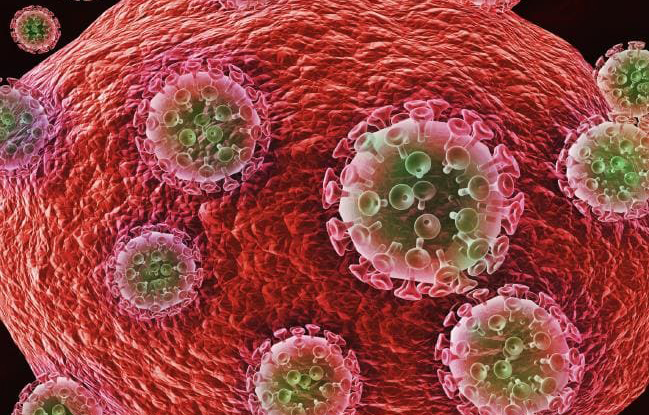
RESEARCHERS believe they are on the cusp of developing a cure for HIV, after a ground-breaking initial human trial of a drug eliminated the virus.
A TEAM of medical researchers believes they are on the cusp of developing a cure for HIV, after an initial human clinical trial delivered astounding results.
In the first phase of testing, the drug Gammora eliminated up to 99 per cent of the virus within the first four weeks of treatment, it was announced today.
Zion Medical, an Israeli biotech company, has worked in conjunction with the Hebrew University of Jerusalem, on the trials.
The ground-breaking results showed the drug significantly reduced the viral load in human subjects by killing HIV-infected cells without harming healthy ones.
While it’s the first stage of exploration and a small-scale start, it has offered significant hope of a potential cure for the virus, which first emerged 35 years ago.
“These first clinical results were beyond our expectations and promise hope in finding a cure for the disease,” Dr Esmira Naftali, head of development at Zion Medical, said.
In July and August, nine patients at Ronald Bata Memorial Hospital in Uganda were randomly assigned to receive different doses of Gammora for between four to five weeks.
“Most patients showed a significant reduction of the viral load of up to 90% from the baseline during the first four weeks,” Dr Naftali said.
In the second part of the trial, conducted two weeks later, patients were given the drug with additional retroviral treatment for another four to five weeks.
The results showed the combined treatments eliminated up to 99 per cent of the viral load in those patients in four weeks.
Those patients participating in the trial exhibited no signs of negative side effects and the drug is non-toxic.
During the total 10-week study, patients in both groups showed a “significant” increase in T cell counts, which play a significant role in the immune system’s function.
“Given the limited nature of this study, we are excited to prove the efficiency of our drug in phase two with a greater number of participants over a longer period of time.”
Research first began on the drug 10 years ago at the Hebrew University of Jerusalem by Professor Abraham Loyter.
In 2010, a journal article in AIDS Research and Therapy revealed the results of preclinical trials. The results of human trials mirror the success of that initial research.
Zion Medical has previously partnered with the prestigious Mount Sinai Hospital in New York on early development stages.
Phase two of human trials is expected to begin within the coming months, expanding the pool of subjects to 50 and expanding the Gammora dosage period top three months.
HIV organisations in Australia have cautioned against premature excitement, saying much more research was needed to see if the positive results could be replicated widely.
The public education organisation HIV Cure, run by the National Association of People With HIV Australia, said there are often research announcements touting steps towards a cure.
“However, the story behind the scenes is often more complicated than the headline and science rarely advances with one dramatic leap forward,” the group said.
And while the Gammora findings are encouraging, it could be many years before a drug is ready to go to market.
More trials and reviews will be required before any new treatment can be certified for wider use.
HIV-AIDS emerged some 35 years ago and is regarded as one of modern history’s most devastating pandemics.
Significant advancements in retroviral treatment means people with HIV can largely live long and healthy lives, thanks to the drugs blocking the spread of the virus through the body.
In many cases, people with HIV have undetectable and untransmittable viral loads.
This, combined with the success of the drug PrEP, which blocks the spread of HIV, have resulted in significant reductions in new infection rates in Australia.
However, an estimated 36 million people globally live with HIV and researchers have devoted decades to the search for a cure.
Since the outbreak of HIV-AIDS, an estimated 35 million people have died.
Gammora also has potential application in the treatment of certain cancers, with researchers hopeful that it could target infected cells in a similar way.
As originally published on news.com.au by Shannon Molloy on November 1, 2018
